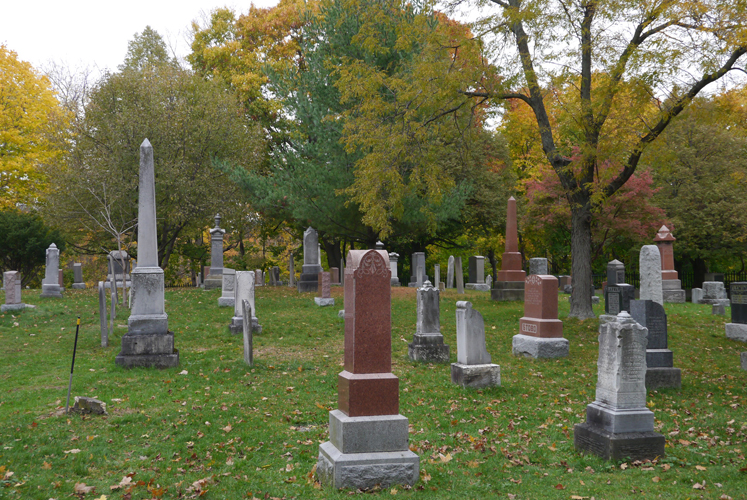It is hard to believe that it is six years since I started this family history blog. My first post, Help from the Grave, was dated mid-October, 2013. Since then, I have tried to post an article every two weeks (except during the summers) about my ancestors. This is post number 148.
Over these six years, I made a lot of progress with my research. I broke through several brick walls facing the Shearman family, who immigrated to North America from Waterford, Ireland (Breaking Down My Shearman Brick Wall); I tracked down the elusive Lucie Bagg, half-sister to Stanley Bagg (Lucie Bagg: Her Story); and I unraveled some of the mysteries surrounding my great-grandmother Samantha Rixon’s family (The Ancestor Who Did Not Exist). Writing the blog has helped me to focus on important questions about these people, explain my conclusions and back them up with notes and footnotes.

I knew nothing about my great-grandmother Samantha (Rixon) Forrester until a few years ago, and my research revealed that some of the family stories about her were untrue.
This research has given my husband and me a great excuse to travel to Scotland, Ireland, northern England and London. We’ve also been to Winnipeg, Toronto, rural Ontario, New York State, Brooklyn and Philadelphia. In Montreal, we have become familiar with people and places in Mile End, a neighbourhood that is far from our house but was familiar territory to my ancestors.
I have been very lucky to be a member of a family history writing group. Calling ourselves Genealogy Ensemble, nine ladies meet monthly to share our discoveries and improve our writing skills. Every few months, I simultaneously publish my stories to both Writing Up the Ancestors and to that group’s collaborative blog, https://genealogyensemble.com. Two years ago, we collected our favourite articles and published them in a book we called Beads in a Necklace: Family Stories from Genealogy Ensemble.
I’ve also become involved with a similar blogging project in the small community on the coast of Maine where I spend my summers, encouraging people to write about their own families and summer memories.
Now it is time to shift gears. The new posts will continue, but at a slightly slower pace as I am starting to pull together the articles from my blog, revise and update them where necessary, and collect them into a self-published book. Actually, two books, one for my father’s side of the family in Upper Canada and the western provinces, the other for my mother’s Montreal ancestors and their colonial New England ancestors. These two families’ stories are very different, so two separate books will make everything more manageable. Still, it will involve a lot of work.
As for Writing Up the Ancestors, in the coming year, I will focus again on my Montreal roots, especially the Bagg family. They were well known in Montreal’s 19th-century English-language community and, believe it or not, there is still a lot to learn about them.

